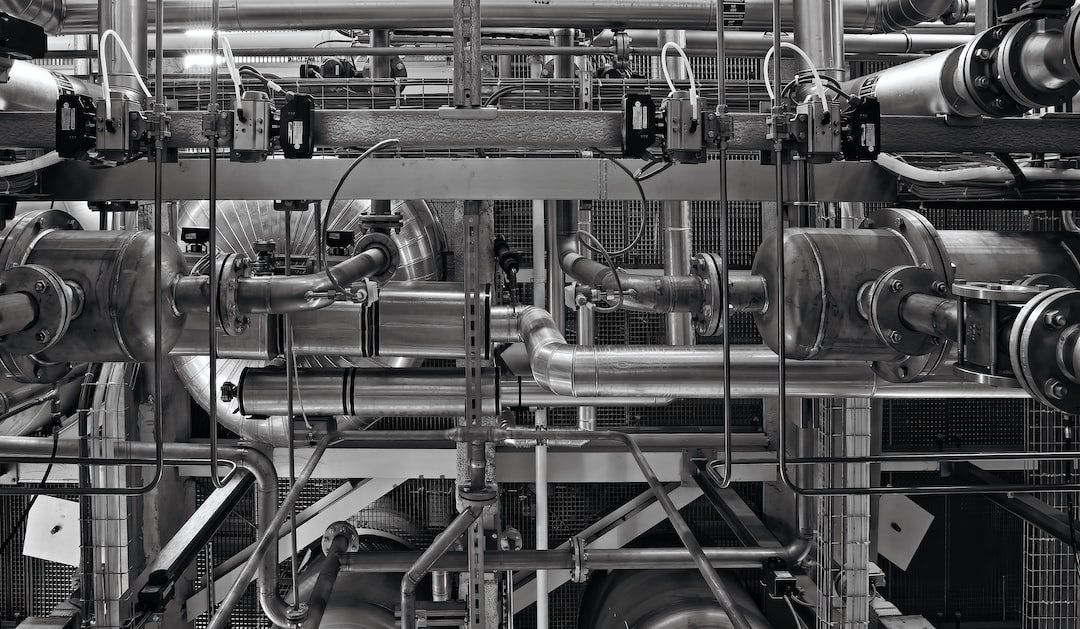IoT in Manufacturing: Connecting Machines for Improved Operations
In recent years, the Internet of Things (IoT) has revolutionized numerous industries, and manufacturing is no exception. IoT has emerged as a disruptive technology that brings together the physical and digital worlds, connecting machines and devices to collect and exchange data in real-time. This connectivity has ushered in a new era of efficiency, productivity, and cost-effectiveness in manufacturing.
The manufacturing sector often operates on tight margins and faces numerous challenges, such as fluctuating demands, rising operational costs, and the need for quality control. IoT offers solutions to these challenges by enabling intelligent, data-driven decision-making and optimizing manufacturing operations in various ways.
One significant benefit of IoT implementation in manufacturing is predictive maintenance. Traditionally, equipment downtime due to unexpected breakdowns has been a major issue for manufacturers. This not only leads to costly repairs but also halts production, resulting in revenue loss.
With IoT, machines are equipped with sensors that continuously monitor their performance and collect data on various parameters. This data is then analyzed using advanced algorithms and machine learning techniques to identify patterns and predict potential failures before they occur. Manufacturers can now schedule maintenance proactively, replacing or repairing parts as needed, hence reducing costly downtime and the likelihood of expensive repairs.
IoT also enables manufacturers to optimize their supply chain and inventory management. By embedding sensors in raw material containers, manufacturers can track their inventory and monitor the movement of goods in real-time. This allows for better demand forecasting, ensuring that there are no shortages or excesses, and reducing waste.
Furthermore, manufacturers can utilize IoT to create a more streamlined production process. By connecting machines and equipment on the factory floor, manufacturers can automate processes, reduce human error, and increase overall efficiency. For example, IoT-enabled robots can be programmed to perform repetitive tasks with high precision and speed, freeing up human workers to focus on more complex and value-added activities.
In addition, IoT enhances quality control in manufacturing. Sensors can be integrated into production lines to monitor and measure various parameters, such as temperature, pressure, and humidity, at each stage of the production process. This real-time data enables manufacturers to identify deviations and take corrective action before any defective products are produced. This not only reduces waste and costs associated with rework but also ensures that only high-quality products reach the market.
Beyond the factory floor, IoT also enables manufacturers to gain valuable insights into their operations and make data-driven decisions. By collecting and analyzing data from various sources, such as machines, equipment, and even customer feedback, manufacturers can identify areas for improvement and optimize their overall operations. IoT provides manufacturers with complete visibility into their entire value chain, helping them make informed decisions to drive continuous improvement and innovation.
Moreover, IoT in manufacturing opens up new revenue streams through servitization. Manufacturers can leverage IoT to offer their products as a service, rather than simply selling physical products. For example, instead of selling a machine, they can offer it on a subscription basis, where the customer pays for the machine’s usage and maintenance, while the manufacturer retains ownership. This not only provides a recurring revenue stream but also strengthens customer relationships and increases customer satisfaction.
However, while IoT offers numerous advantages, its implementation in manufacturing also presents challenges that need to be addressed. Some of these challenges include data security, interoperability issues, and the need for skilled personnel to handle and analyze the vast amounts of data IoT generates. Manufacturers must invest in robust cybersecurity measures, ensure compatibility among different IoT devices and platforms, and train their workforce to effectively use and interpret IoT-generated data.
In conclusion, IoT has the potential to transform the manufacturing industry by connecting machines, collecting real-time data, and facilitating intelligent decision-making. Through predictive maintenance, optimized supply chain management, streamlined production processes, and enhanced quality control, manufacturers can improve efficiency, reduce costs, and deliver higher quality products to the market. With the right implementation strategy, IoT can help manufacturers stay competitive in an ever-evolving industry by enabling them to make data-driven decisions and drive continuous improvement.

